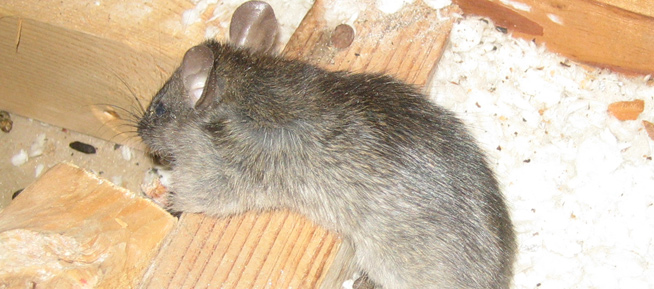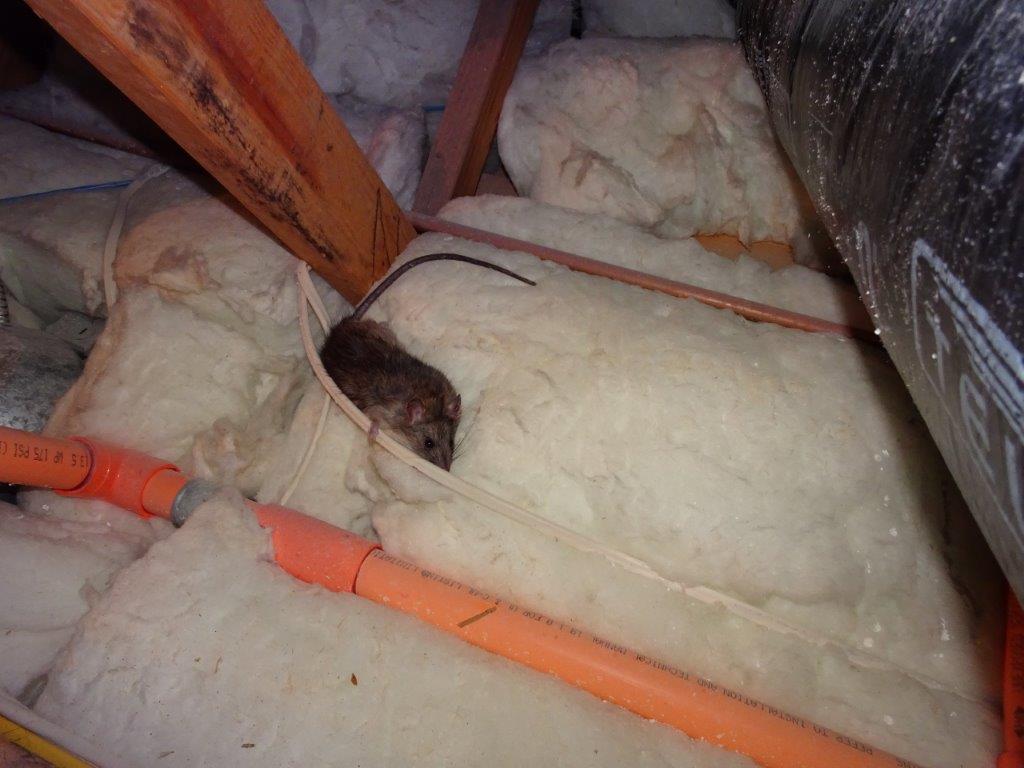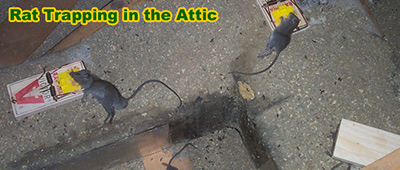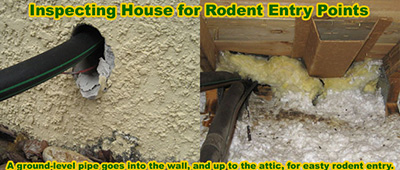Rats DO dig holes and this is because they are burrowing creatures. In the “wild” (as opposed to living alongside humans in residential areas), they would burrow beneath the ground, creating complicated tunnel networks, used to easily find a way to escape predators.

How will you know if the rats are using the burrows, and if they're still living in the holes you find in your garden? You'll need to stuff them with something they can easily dislodge. It will also need to be something that can't easily be moved with a bit of wind or something like that. Yu could use loose mud and dirt to fill the holes, or even stuff some newspaper / paper down there, making sure it can't easily be blown away. If the material you have stuffed down there stays the same after three or four days, there's a good chance the rats are NOT using that particular area. If the material you've stuffed down there HAS moved, on the other hand, it means the rats are still using that burrow / tunnel to go about their daily life. If the material moves - you'll need to trap the rats first before you can think about sealing up those holes.
The areas around the well-used holes will often display other signs of rat activity too, and these will generally include little paw-prints, particularly if the mud / ground has gotten wet. You may also notice rat droppings. The latter are generally found almost everywhere that you will find rats. They poop as they run. It's not pleasant, but that's just how it works.
In order to solve your rat problem, you will need to get yourself some rats traps, but don't waste your time with things that don't work. Whatever you may have read, the only way to successfully deal with these rodents is with snap traps that kill the animal immediately. Humane traps are not humane - rats almost never survive when they have been trapped and then released into the wild again, particularly if they have been released in a brand new territory.
Rat traps will need to be baited with something tasty - something like peanut butter. You will also need to ensure you're placing the traps in places where the rats will actually come into contact with them. Put them in the areas you have seen the rats activity most, but make sure that other animals, such as your household pets, are not tempted by the smell of the tasty bait. You don't want to capture your poor cat, do you?
Check those traps regularly, and when you are sure that all rats are removed - starting from the beginning again with that temporary filler material to check - you can then go ahead and seal those holes right up. We would always recommend using something very strong - steel mesh wiring, for example. Remember that rats can dig and chew, even through materials such as house bricks. You'll need to be smart to ensure they don't re-dig those holes.
This is all a rather long and large job, as you can probably imagine. It will get even bigger still, we are sure, once you realise how many rats there are likely to be. They reproduce very fast, and they attract other rats with the pheromones in their urine too.
If you aren't sure that you can do this entire job properly - the cleanup operation as well - it's probably best that you give the professionals a call. They have the right tools for the job, and they'll do the job properly and thoroughly if you use a reliable and reputable company too.
Go back to the Rats in the Attic home page.
Do rats dig holes? Do they burrow under houses? How deep?

Most homeowners will have at some point seen a small hole or burrow in their yard or on the side of their house, which likely indicates that some animal is nesting or has recently nested in there.
Rats are no exception, and they are perhaps the least welcome visitor to your home. They are incredibly smart, hardy, and adept at digging holes. But identifying whether you have rats or something else can be tricky, as the burrow could have been dug by something else, like a vole, mole, or a mouse. One of the big giveaways is the size of the opening, which suggests what size creature you are dealing with.
Burrows dug by rats will have an opening likely in the region of 2 to 4 inches in diameter. You can easily tell the burrow is actively in use if the walls are smooth and there is fresh dirt near the entrance in a sort of fan shape. Another method is to purposefully clutter the opening with debris or partially collapse it, then wait to see whether it has been reopened. Be warned, however, that there may be other escape holes leading to the burrow which will be well hidden.
Most of the time, you will find rat burrows along the edges of house foundations, near garbage or woodpiles, inside bushes or areas of dense vegetation, and even in basements underneath your home. Rats use their burrows not just as a form of shelter, but also a place to store food and build nests. As a result, you may also see well-worn pathways indicating use by a rat or multiple rats.
One common place rats dig under is the concrete slabs that your garbage bin sits on. The area underneath the slab offers the ideal environment for them to create a home as it gives them easy access to a reliable food source.
Whilst the depth of the burrow may vary, rats are expert diggers. Although rare, they can dig nearly 10 feet deep, especially if going under foundations. Otherwise, they will typically be in the region of 18 inches, not including the extra length of tunnels which can be used to house multiple rats at once.
Rat burrows need to be looked out for all year round because unlike some rodents, rats do not hibernate in the winter. The advantage of the colder months is that rat breeding tends to slow down. However, do not expect them to leave your home alone when it gets chilly. If anything, they will ramp up their efforts to get inside your warm home and source much-needed food to help them survive, so be sure to be extra vigilant for burrows and rat holes in the winter.








